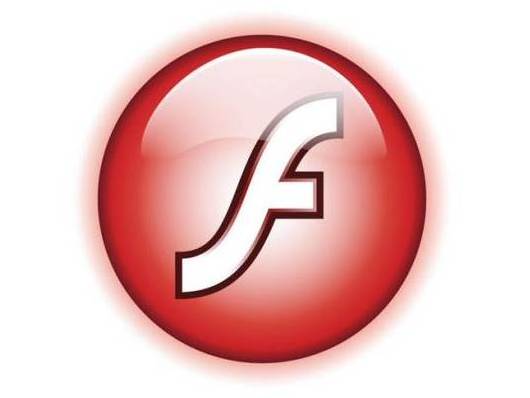Flash in the pan

I once played a gig with an ageing rocker. He was a nice bloke, talented too, but despite the best efforts of a few hardcore fans the gig wasn't a triumph.
There were more seats than fans, and it wasn't even a seated venue.
The problem wasn't the rocker, but the world around him. Things change. Ten, twenty years ago, what he did appealed to thousands. Now, he could barely fill a phone box.
Flash Player is the tech equivalent.
Adobe is stopping development of Flash Player for mobile devices, which is a bit like a pop star saying that from now on, they'll only sell records by mail order to their fan club: while Flash will persist on PCs, where it has a large if ageing fanbase, as far as the cool kids with their mobile devices are concerned it might as well be rationing, Betamax or skiffle. The future of tech is mobile, and Flash Player isn't in that future.
I'm pretty sure that if you asked Adobe about Flash, you'd get an answer straight out of Spinal Tap. It's not that Flash's popularity is waning; it's that its appeal is becoming more selective.
The decision is already being characterised as a victory for the late Steve Jobs, who famously banned Flash from iOS, but it isn't.
Sign up for breaking news, reviews, opinion, top tech deals, and more.
It's a sign of technological progress, a disaster for any firm whose "it runs Flash!" claims are their devices' only selling points, and a sad day for those of us who like punctuating columns with references to amusingly pompous Queen records.
Flash! A-aaaagh!
See what I mean?
Flash was very necessary for a very long time. The World Wide Web of the mid-90s was so basic that people got excited over the tag, which made text wink on and off. Flash - or FutureSplash Animator as it was called then - enabled designers to add animation, and as it evolved it became an enormously powerful creative tool.
Flash had three key strengths. First, it enabled you to do things that you simply couldn't do in HTML. Second, it enabled you to do really cool things without learning how to code (although as Flash evolved, it became a tool for coders too). And third, it was consistent - which really mattered in a period when no two browsers did things in the same way.
That was an enormously powerful combination. Was it abused? Of course it was. All tech is, and Flash's multimedia capabilities meant it could be abused in particularly annoying ways by the ever helpful advertising industry. But it was also used by some incredibly talented people to do some incredible things: for a very long time, Flash was the tool of choice for people who wanted to push the Web forward.
So what's changed? The short answer is that HTML caught up. Over two decades web standards have evolved to deliver impressive multimedia capabilities and to support powerful in-browser applications, which of course are two areas where Flash used to be the tool of choice.
Adobe recognises this, which is why it's concentrating its efforts on tools for creating mobile apps and HTML5 content.
The problem isn't Flash, but the world around it. Things change.

Contributor
Writer, broadcaster, musician and kitchen gadget obsessive Carrie Marshall has been writing about tech since 1998, contributing sage advice and odd opinions to all kinds of magazines and websites as well as writing more than twenty books. Her latest, a love letter to music titled Small Town Joy, is on sale now. She is the singer in spectacularly obscure Glaswegian rock band Unquiet Mind.